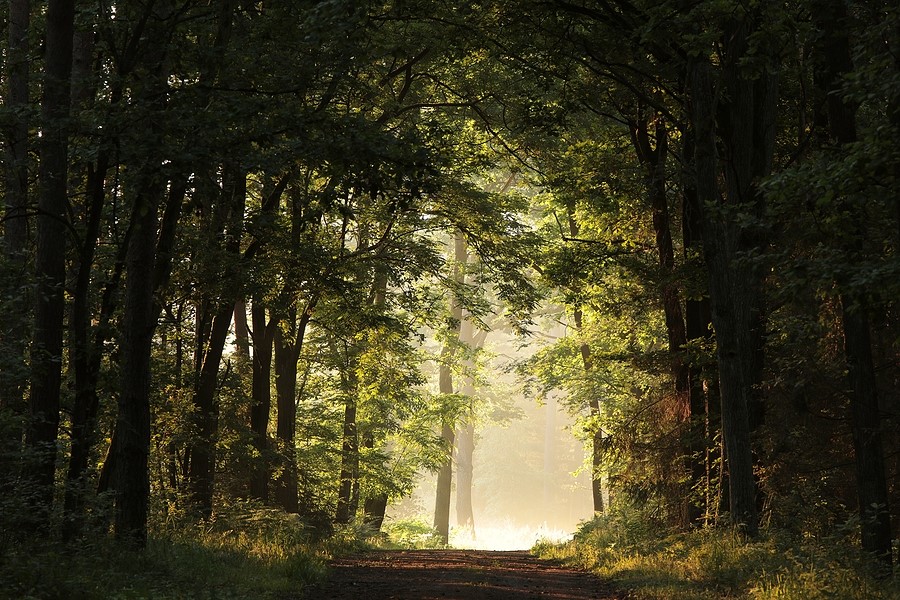News
Water Plus Joins Stoke Council In Tree-Planting Initiative
Utility company Water Plus has teamed up with Stoke-on-Trent City Council to support its tree-planting project, with 50 more fruit trees having been planted at the Fenpark Hilltop allotment site in Fenton and other locations around the city.
This latest work builds on the existing scheme, which aims to plant thousands of trees across Stoke-on-Trent. More will go into the ground when conditions and temperatures are suitable across a variety of different sites.
The city council is also working alongside the Woodland Trust to plant more than 11,000 trees around the city as part of the Big Climate Fightback, which aims to see 50 million trees planted around the UK.
Water Plus itself recently received an international Green Apple Environment Award, National Silver, for its work in three main areas, including identifying water waste at organisations, raising sector awareness and advising on water-saving technology, as well as increasing partnerships with local groups in the community to reduce environmental impacts.
The supplier’s Krystel Gibson said: “As we’re committed to making sustainability and minimising our environmental impact core to our business, our people and our customers, we’re taking action – including increasing tree-planting in Staffordshire and the UK.
“From helping sites install water reduction approaches and extra tracking, to highlighting how water efficiency helps organisations and net zero aims, plus increasing tree-planting and trialling technology to use water more effectively, we’ll continue taking action as part of our Commitment to the Environment.”
Carl Edwards, cabinet member for housing and environment with the local council, made further comments, saying that trees have a vital role to play in providing habitats for biodiversity, as well as helping to reduce flooding, offset carbon and stabilise land.
Where flooding is concerned, trees can help in various ways. First of all, they provide canopy cover, with their leaves, branches and trunks slowing the rain down before it hits the ground – a process known as interception. This spreads the effects of a storm over a longer period of time, which then allows more water to evaporate back into the atmosphere without ever reaching the ground.
Trees’ root systems also mean that water is able to penetrate deeper into the soil at a faster rate, so there’s less surface runoff and more water storage in the soil. Trees and hedges alike can increase water infiltration and reduce runoff on farmland.
And in urban areas, trees can also prevent surface water runoff, which has been on the rise because of the increase in impermeable surfaces like roads, driveways and pavements.
Finally, along riverbanks and on floodplains, trees can help drag floodwaters, holding the water back and slowing its flow. Dams can also be used as an effective flood prevention measure – which is why beavers are slowly being reintroduced in some parts of the UK, directing water to certain areas, increasing temporary water storage and slowing water flow.
Do you want a surface water survey carried out? Get in touch with us here at H2o Building Services today.
